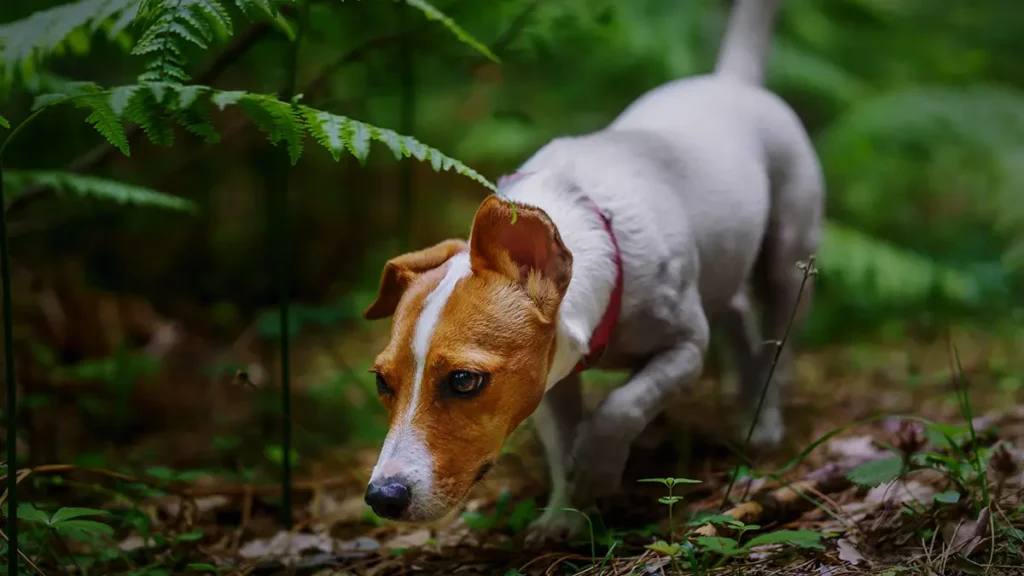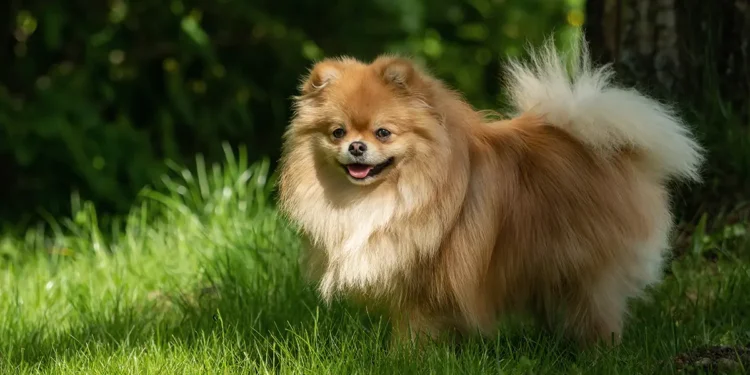Most dogs have big, loving eyes and soft, cuddly coats, but despite their obvious similarities, our canine companions have a heritage and diverse ancestry as rich as our own, as humans. Learn more about the history of dog breeds.
One of the most fascinating aspects of dogs is their incredible diversity, which can be traced back to their origins as domesticated wolves. Over thousands of years, humans have selectively bred dogs for various traits, resulting in a wide range of breeds with distinct characteristics and purposes.
This has enabled us, as humans, to select a furry friend based on our own specific needs. Over the centuries this has gone beyond choosing a small pup for your one-bedroom flat or seeking a golden retriever for their child-friendly nature, instead focusing on having a useful hunting companion or a reliable and effective guard dog.
To understand dogs and their different heritages, it’s useful to explore the major categories and the roles these breeds were originally developed for:
Herding dogs
These dogs were bred to help humans manage livestock. Breeds like the Border Collie, Shetland Sheepdog and Welsh Corgi are known for their intelligence and herding instincts. They excel in tasks that require them to control the movement of cattle, sheep, and other animals.
Hunting hounds
Hunting has been a crucial part of human history, and dogs played a significant role in this endeavour. Pointer breeds, such as the English Pointer, and retriever breeds, such as the Labrador Retriever, were developed to assist hunters in tracking, pointing, and retrieving game.
Guard dogs
Breeds like the German Shepherd, Rottweiler, and Doberman Pinscher were selectively bred for their protective instincts and loyalty. These dogs are known for their courage and make excellent guard dogs and loyal family protectors.
Working dogs
This category includes breeds like the Siberian Husky, Bernese Mountain Dog, and St. Bernard, which were bred to perform specific tasks such as pulling sleds, carting, and rescue work in harsh environments. These dogs have incredible strength and endurance.
Companion dog
Small breeds like the Maltese, Pomeranian, and Shih Tzu were bred primarily for their companionship and ornamental qualities. They make excellent lap dogs and are often cherished as beloved family pets.

Terriers
Terrier breeds, including the Jack Russell Terrier and Bull Terrier, were bred to hunt and control vermin. They are known for their feisty personalities and determination when it comes to chasing and capturing small prey.
Toy dogs
Some of the tiniest dog breeds, such as the Chihuahua and Yorkshire Terrier, were bred solely for their small size and appealing looks. They have found their place as adored furry friends, and as such their popularity has thrived in the internet age.
Sighthounds
Breeds like the Greyhound and Saluki were developed for their incredible speed and agility, making them excellent hunters of fast-moving prey like rabbits and hares.
Primitive dogs
Certain ancient breeds, such as the Basenji and Shiba Inu, have retained more of their original characteristics and are considered primitive dogs. They often display independent and self-reliant behaviour.
These different heritages have led to the astonishing variety of physical and behavioural traits seen in dogs today. While breed-specific characteristics and behaviours can offer insight into the history of dog breeds, it’s crucial to remember that every dog is an individual with its unique personality. Even within the same breed, you can find a wide range of temperaments and abilities.
Furthermore, the modern dog’s connection to its ancestral wolf has not been entirely erased. Despite centuries of domestication, dogs still share genetic and behavioural traits with their wild cousins, such as pack dynamics and territorial instincts. Something to bear in mind when your sweet, demure Shih Tzu becomes a single-minded predator when faced with a teasing squirrel.










